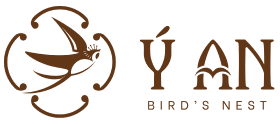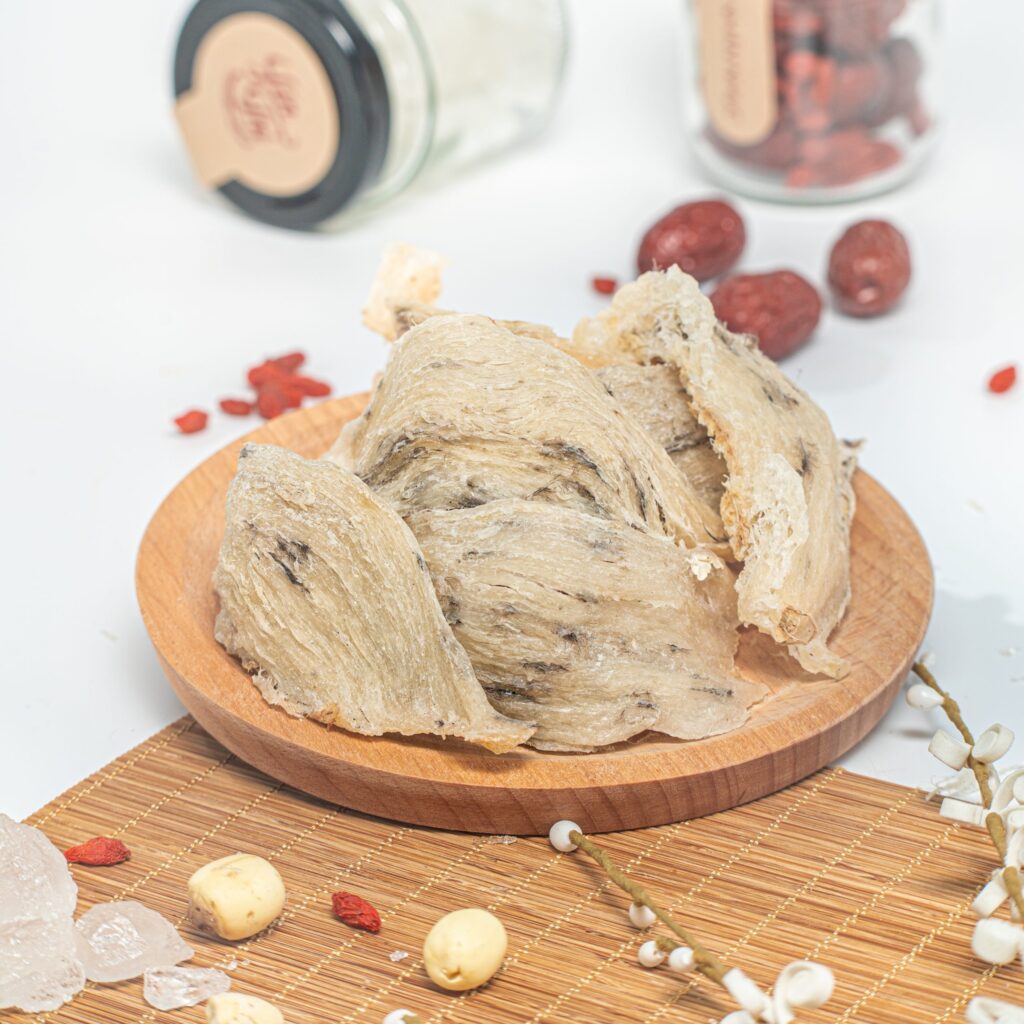News, PRODUCT CONSULTATION
Expert Answers: Should You Use Bird’s Nest To Nourish Your Baby?
**Expert Answers: Should You Use Bird’s Nest to Nourish Your Baby?**
Bird’s nest, known for its rich nutritional profile and esteemed status in traditional Asian medicine, is often considered as a health supplement for babies. Derived from the hardened saliva of swiftlets, bird’s nest has been associated with various potential health benefits, including enhancing the immune system, supporting skin health, and aiding growth. However, while the advantages may sound appealing, it is essential to approach the idea of using bird’s nest for babies with well-rounded knowledge. This article explores whether bird’s nest is appropriate for infants, the potential benefits, risks, and recommended usage for optimal safety and nourishment.
### **1. The Nutritional Profile of Bird’s Nest**
Bird’s nest is packed with various nutrients that can potentially benefit growing children. Its key components include:
– **Glycoproteins**: These are proteins combined with carbohydrates and are known for their role in cellular growth and repair.
– **Sialic Acid**: This nutrient has been linked to cognitive development and improved neurological functions.
– **Collagen**: May promote skin health and tissue repair.
– **Amino Acids**: Essential for overall growth and development.
– **Trace Minerals**: Includes calcium, potassium, magnesium, and iron, which are vital for bone and blood health.
### **2. Potential Benefits of Bird’s Nest for Babies**
#### **2.1. Boosting Immunity**
One of the most cited reasons for giving bird’s nest to babies is its potential to support the immune system. The glycoproteins and other bioactive compounds in bird’s nest may help enhance a baby’s ability to fight infections, reducing the frequency of common illnesses such as colds and coughs.
#### **2.2. Promoting Healthy Growth**
The amino acids found in bird’s nest are crucial building blocks for proteins, which play a fundamental role in tissue growth and development. This may help support a baby’s physical growth during the early months and years.
#### **2.3. Enhancing Brain Development**
Sialic acid, found in significant quantities in bird’s nest, is linked to brain and cognitive development. Studies have shown that sialic acid is a critical component of neural tissues and can aid in better learning and memory function.
### **3. When to Introduce Bird’s Nest to Babies**
It is generally advised to wait until a baby is at least **6-12 months old** before introducing any new foods beyond breast milk or formula. The World Health Organization (WHO) recommends exclusive breastfeeding for the first six months, as breast milk provides all necessary nutrients for a baby’s growth.
### **4. Appropriate Dosage and Usage**
#### **4.1. Starting with a Small Dosage**
For babies, it is crucial to start with a **small amount** to observe any allergic reactions or digestive issues. The recommended initial dosage for babies between 6-12 months old is typically **one teaspoon** of bird’s nest soup diluted in a larger quantity of water or broth. This can be given once or twice a week to monitor tolerance.
#### **4.2. Gradual Increase**
If there are no adverse reactions, the dosage can be gradually increased as the baby grows older. For children between **1-2 years old**, up to **two teaspoons** per serving can be given, still limited to once or twice a week.
### **5. Precautions and Risks**
#### **5.1. Allergic Reactions**
One of the primary concerns with introducing bird’s nest to infants is the risk of allergies. The proteins present in bird’s nest may trigger allergic reactions, especially if the baby has a history of food sensitivities. Symptoms may include:
– Skin rashes or hives
– Vomiting or diarrhea
– Swelling of the face or mouth
– Breathing difficulties
If any of these symptoms occur, stop feeding the bird’s nest immediately and consult a pediatrician.
#### **5.2. Quality of the Bird’s Nest**
The quality of the bird’s nest plays a significant role in its safety and nutritional benefits. Parents should only buy bird’s nests from **reputable sources** to avoid contaminants such as feathers, dirt, or harmful chemicals. High-quality bird’s nests are thoroughly cleaned and free from bleaching agents or preservatives that can be harmful to babies.
#### **5.3. Digestive Concerns**
Babies have delicate digestive systems, and introducing any new food, including bird’s nest, can sometimes lead to digestive discomfort. Start with a small amount and observe the baby’s reaction over a few days before continuing.
### **6. Expert Recommendations on Bird’s Nest Usage**
Pediatric nutrition experts generally suggest that while bird’s nest may offer nutritional benefits, it is not an essential food for babies and should not replace a balanced diet. The nutrients found in bird’s nest can often be obtained through other common foods, such as fruits, vegetables, and proteins, that are easier to prepare and monitor for safety.
#### **6.1. Supplement vs. Main Food Source**
Bird’s nest should be considered a **supplementary food** rather than a primary source of nutrition. It can be added as an occasional treat to provide a nutritional boost but should not substitute the essential nutrients found in breast milk, formula, or a well-rounded diet of solids.
### **7. How to Prepare Bird’s Nest for Babies**
To prepare bird’s nest for infants:
1. **Choose a High-Quality Bird’s Nest**: Opt for a trusted brand or supplier.
2. **Soak and Clean**: Ensure the bird’s nest is properly soaked and cleaned to remove any impurities.
3. **Cook Thoroughly**: Simmer the bird’s nest with water to create a soup. Avoid adding any sugar or strong-flavored ingredients, as babies’ palates are still developing.
4. **Dilute for Infants**: Mix a small portion of bird’s nest soup with more water or broth to dilute its concentration.
### **8. Final Considerations**
While bird’s nest can be a nutritious addition to an infant’s diet, parents must approach its use cautiously. Consulting with a pediatrician before introducing bird’s nest or any new supplement is essential, especially for infants under 1 year old. Monitoring the baby’s response and starting with a small dosage are key steps to ensuring safety and deriving the benefits without unnecessary risks.
Bird’s nest should complement a diverse and balanced diet, supporting overall growth and health when used appropriately.

